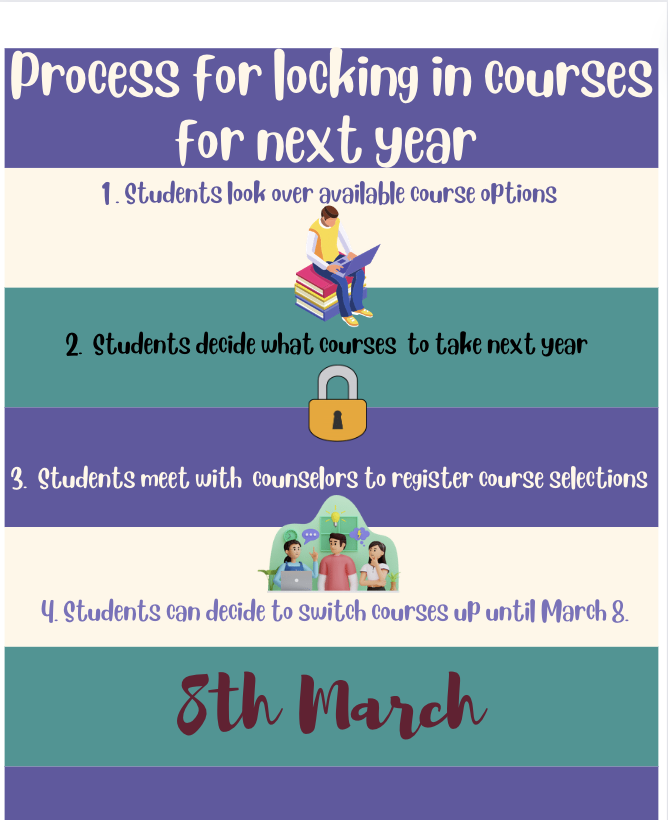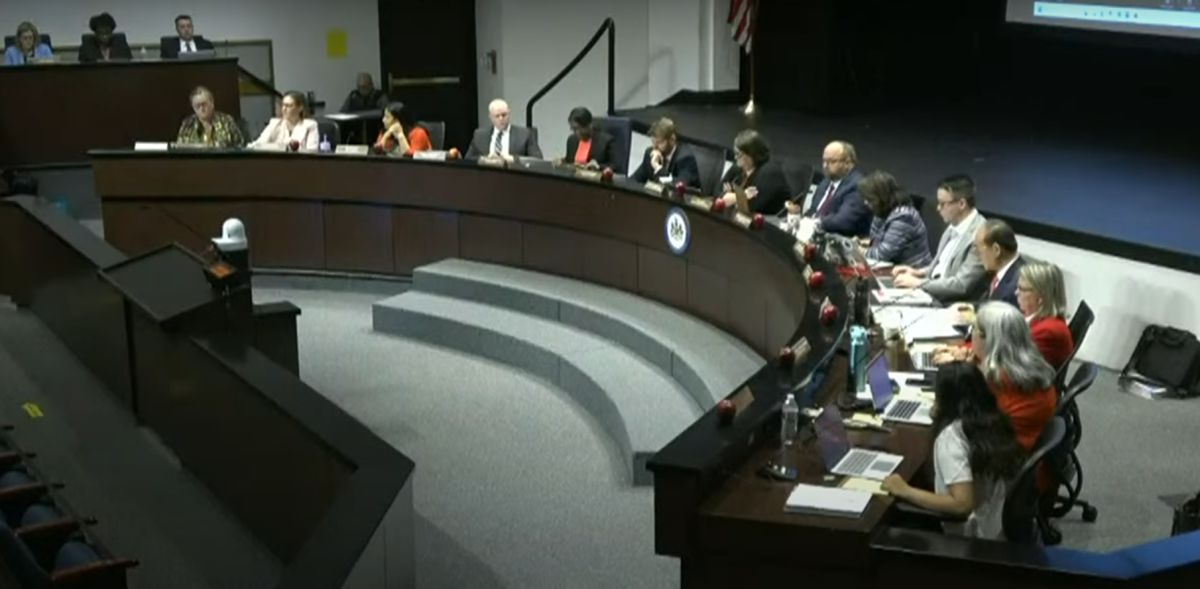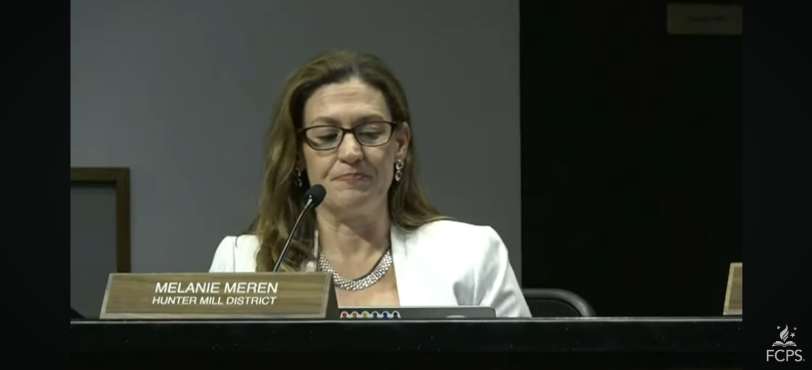AP African American History, AP Precalculus AB and Computer Animation. These are only a few of the new courses students can expect to see as they once again begin to finalize course selection for the next school year.
“It’s really important for students to be upfront with their counselors and their families and have really honest discussions about what is interesting to [them], and what amount of time they might have to carry a particular load of studying,” Subschool 3 assistant principal Cynthia Hawkins said.
In previous years, students had the opportunity to switch classes once the new school year began. In the 2024-2025 school year, however, such an option will no longer be as easily available to students after March 8.
“We staff the school based on what kids want to take, so I do think it’s going to be harder next year for kids to change,” counselor Alexa Scott said.
In years prior, moving students around to different classes once the year has begun has been no easy feat. Administrators need to ensure that there is enough room in each classroom, that different courses remain relatively balanced and that teachers can teach the necessary number of classes they’re required to.
“Think about it like a bucket,” Hawkins said. “Once you’ve got a bucket that’s full and you have all the sand distributed evenly among all the buckets, then there’s only so much room to be able to move sand from one bucket to the next, and you can’t just make a new bucket.”

they’re interested in taking next year.
On average, around 6% of students will drop or switch a class once the new year starts, according to Scott. Reasons for switching have ranged from courseload pressure to a lack of foundational skills and even a loss of interest in the specific course.
“I switched from broadcast to stem design this year,’’ sophomore Choks Ramanathan said. ‘’The process wasn’t that hard. All I had to do was tell my counselor I wanted to drop out and switch my class, and we looked at the schedule to see which electives had a room where I could join.”
Even with a more binding deadline this year, students can avoid having to drop and switch courses if they take advantage of the information provided to them beforehand.
“We had an academic advising site online that is chock-full with information and videos of the classes so students know what they’re signing up for,” Scott said. “We also had the electives fair, so there’s been a ton of different ways to get information so that you don’t end up having to switch.”
Although understanding the reasons for solidifying the deadline this year, students like Ramanathan fear that more students may be negatively impacted next year if they’re unable to switch courses.
“The best thing they can do beforehand is make sure the class is something they like so at least they know they’re going to enjoy it,” Ramanathan said.
Even though students may have already met with counselors to input their course choices for next year, they can continue to make changes to their selections before the March 8 deadline.
“I know that kids change their minds all the time, and that’s part of being a teenager,” Scott said. “But, we make really important staffing decisions based on this data, so when kids change their mind over the summer or in the fall, it’s harder to accommodate for everyone.”









